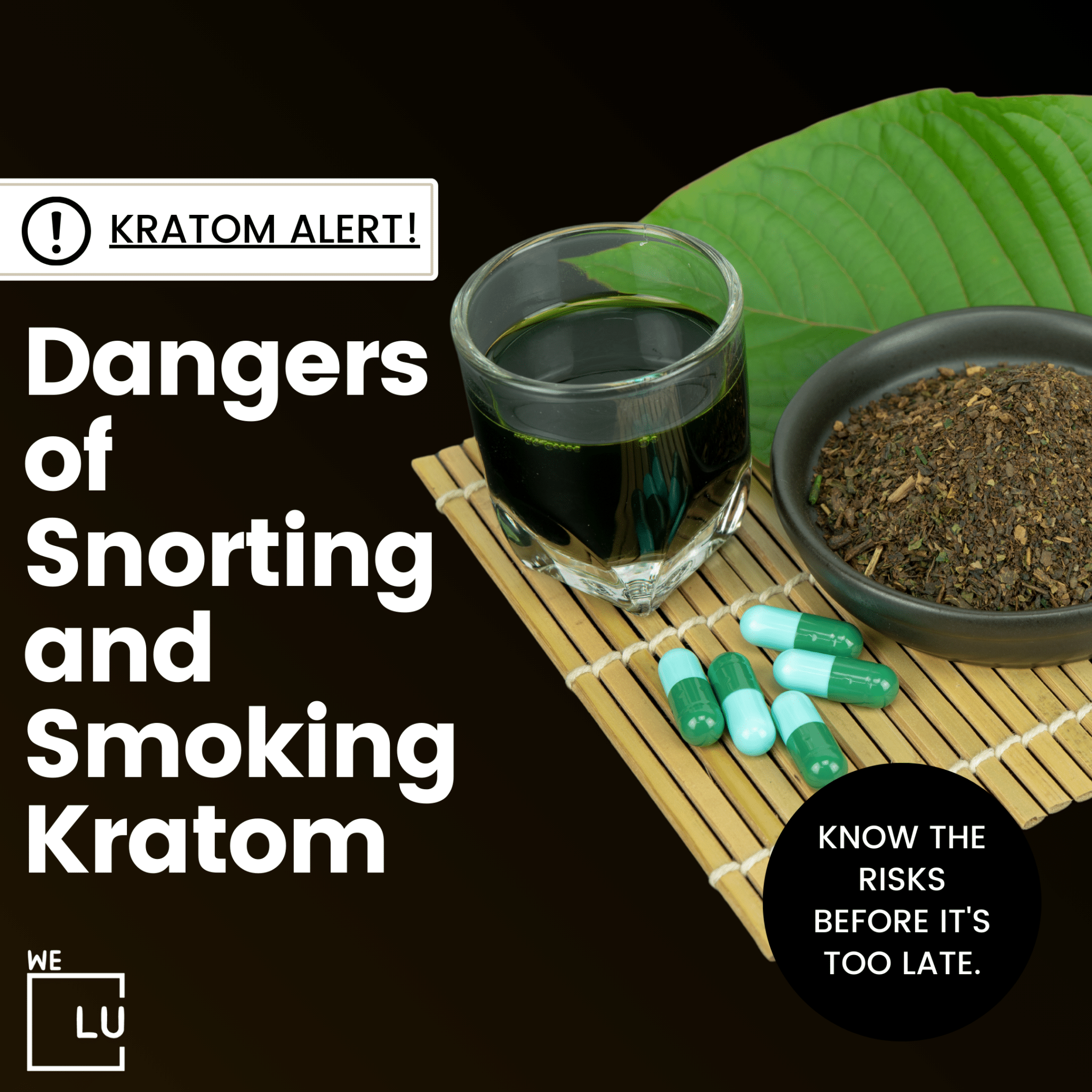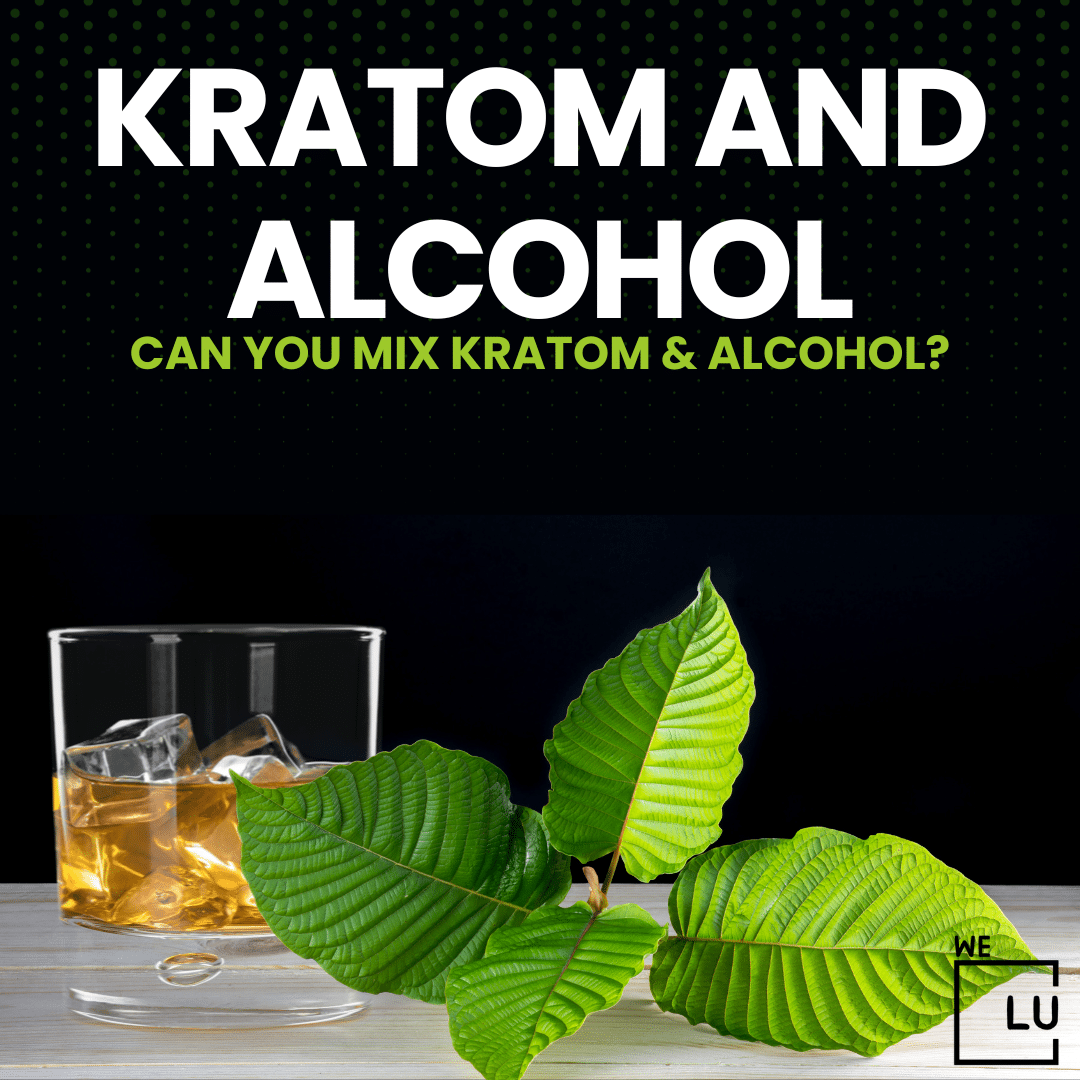What Is Ice Drug?
“Ice” is a street name commonly used to refer to crystal methamphetamine, a powerful and highly addictive illegal stimulant drug. Methamphetamine belongs to the amphetamine class of drugs and is chemically similar to amphetamine, a drug that is used to treat attention deficit hyperactivity disorder (ADHD) and narcolepsy.
Crystal methamphetamine usually comes in the form of clear, bluish-white crystals or as a shiny, bluish-white crystalline powder. It is a potent central nervous system stimulant that increases dopamine levels, a neurotransmitter associated with pleasure and reward, in the brain.
The use of crystal meth can lead to intense euphoria, increased energy, and a heightened sense of well-being. However, it also has numerous adverse effects on the body and mind. Short-term effects can include increased heart rate, elevated blood pressure, decreased appetite, hyperactivity, and insomnia. Long-term use can lead to severe dental problems (often referred to as “meth mouth”), weight loss, skin sores, anxiety, paranoia, hallucinations, and violent behavior.
What Is Methamphetamine?
Methamphetamine is a powerful and highly addictive central nervous system stimulant. It belongs to the amphetamine class of drugs and has a chemical structure similar to amphetamine, a medication used to treat attention deficit hyperactivity disorder (ADHD) and narcolepsy.
When used, methamphetamine produces a range of effects, including increased energy, heightened alertness, and a sense of euphoria. However, these effects come with significant risks and negative consequences. Short-term effects can include increased heart rate, elevated blood pressure, decreased appetite, hyperactivity, and insomnia. Long-term use can lead to severe dental problems, weight loss, skin sores, anxiety, paranoia, hallucinations, and violent behavior.
Methamphetamine has a high potential for abuse and addiction. Individuals who become addicted may find it challenging to quit, and withdrawal symptoms can be severe. Chronic use of methamphetamine can have serious health consequences, including cardiovascular problems, cognitive deficits, and psychiatric disorders.
The illicit production and distribution of methamphetamine are major concerns, contributing to the drug’s availability on the black market. Law enforcement agencies and health organizations work to combat the production and trafficking of methamphetamine due to its significant public health risks.
What Are The Other Names For Ice Drugs And Methamphetamine?
“Ice” is a street name specifically associated with crystal methamphetamine, but methamphetamine is known by various street names and slang terms. Some of the common names for methamphetamine include:
- Meth: A shortened version of the full name.
- Crystal: Referring to the crystalline form of the drug.
- Crystal meth: Another term for methamphetamine, emphasizing its crystalline form.
- Glass: Another term for crystal meth, often used to describe the appearance of the drug.
- Crank: A slang term for methamphetamine.
- Tina: A colloquial term for crystal methamphetamine.
- Chalk: Referring to the appearance of some forms of methamphetamine.
- Speed: A general term for amphetamine-based stimulant drugs, including methamphetamine.
- Go-fast: Another term emphasizing the stimulating effects of the drug.
- Shards: Describing the crystal-like appearance of methamphetamine.
These terms can vary regionally, and new slang may emerge over time. It’s important to note that the use of such substances can have serious health consequences, and seeking help from healthcare professionals or addiction treatment services is recommended for individuals struggling with methamphetamine use.

What’s The Difference Between Ice And Methamphetamine?
“Ice” and “methamphetamine” are terms that are often used interchangeably, but they can refer to slightly different aspects of the same drug.
- Methamphetamine:
- Definition: Methamphetamine is a powerful and highly addictive central nervous system stimulant.
- Form: It can come in various forms, including a crystalline powder or clear crystals.
- Usage: The term “methamphetamine” is a general term for the drug and encompasses various forms of the substance.
- Ice:
- Definition: “Ice” is a specific street name used to refer to a crystalline form of methamphetamine.
- Form: It typically appears as clear crystals or a bluish-white crystalline powder.
- Usage: “Ice” specifically denotes a particular appearance and texture of methamphetamine, emphasizing its crystalline structure.
In summary, while “methamphetamine” is a broad term that encompasses the drug in various forms, “ice” is a specific slang term for a crystalline form of methamphetamine. Essentially, all ice is methamphetamine, but not all methamphetamine is in the form of ice. The terms are often used interchangeably in common language, and both refer to the same powerful and highly addictive stimulant drug.

Skip To:
Learn More:
- Meth Head, Symptoms, Warning Signs, Dangers, Side Effects & Meth Addiction Treatments
- Fake Meth. What Is It And How To Identify It?
- What Does Meth Look Like? What Does Crystal Meth Look Like? Pictures of Meth.
- What Are Meth Eyes, Meth Pupils? What Does Meth Do To Your Eyes?
- What Does Meth Taste Like? Identifying Meth by Taste
- Amphetamine effects, Types, Addiction, Effects on the Brain, Harmful Effects & Treatment Options
- How long do amphetamines stay in your system? Peak Levels, Half-Life, Factors of Influence, Amphetamine Addiction, Withdrawal & Treatment
- Amphetamine Addiction, Types, Abuse, Signs, Dangers, Side Effects & Treatment Options
- Amphetamine withdrawal, Abuse, Symptoms, Medical Detox & Treatment for Addiction
- Amphetamine psychosis, Symptoms, Withdrawal Psychosis, Signs of Addiction & Treatment

Get Your Life Back
Find Hope & Recovery. Get Safe Comfortable Detox, Addiction Rehab & Dual Diagnosis High-Quality Care.
Hotline (855) 695-1160What Are The Risks Of Using Ice?
The use of “ice” (crystal methamphetamine) poses significant risks to both physical and mental health. Some of the potential risks and adverse effects associated with using ice include:
- Addiction: Methamphetamine is highly addictive, and repeated use can lead to the development of tolerance and dependence, making it difficult for individuals to quit.
- Cardiovascular Effects: Ice can increase heart rate, blood pressure, and body temperature. Prolonged use may lead to cardiovascular issues, including heart attack, stroke, and other cardiovascular complications.
- Dental Problems: Chronic use of methamphetamine is associated with severe dental issues, often referred to as “meth mouth.” This includes tooth decay, gum disease, and tooth loss.
- Psychiatric Effects: Ice can cause anxiety, paranoia, hallucinations, aggression, and other psychiatric symptoms. Long-term use may contribute to the development of mental health disorders.
- Cognitive Impairment: Chronic use of methamphetamine can lead to cognitive deficits, affecting memory, attention, and decision-making abilities.
- Skin Issues: Methamphetamine use can result in skin problems, including acne, sores, and a general deterioration of skin health.
- Weight Loss and Malnutrition: Ice can suppress appetite, leading to significant weight loss and malnutrition.
- Sleep Disturbances: Methamphetamine is a stimulant that can cause insomnia and other sleep disturbances.
- Increased Risk of Injuries: The stimulant effects of ice can lead to increased risk-taking behavior, accidents, and injuries.
- Risk of Overdose: Taking large amounts of methamphetamine can lead to overdose, which can be fatal. Symptoms of overdose may include hyperthermia, seizures, cardiovascular collapse, and organ failure.
- Social and Legal Consequences: Methamphetamine use can lead to strained relationships, loss of employment, legal troubles, and other social consequences.
The risks associated with ice use can vary based on factors such as the dose, frequency of use, individual health, and the presence of any underlying medical or mental health conditions. Seeking help from healthcare professionals or addiction treatment services is essential for individuals struggling with ice use, as recovery can be challenging without proper support.
What Are The Effects Of Using The Ice Drug?
The use of the drug “ice” (crystal methamphetamine) produces a range of short-term and long-term effects on the body and mind. These effects can vary based on factors such as the dose, frequency of use, individual tolerance, and overall health. Here are some of the common effects associated with using ice:
Short-Term Effects
- Euphoria: Ice use can induce intense feelings of pleasure and euphoria.
- Increased Energy: Users often experience a surge in energy and heightened alertness.
- Decreased Appetite: Ice can suppress appetite, leading to reduced food intake.
- Increased Heart Rate and Blood Pressure: The drug stimulates the cardiovascular system, leading to elevated heart rate and blood pressure.
- Dilated Pupils: Ice use can cause pupils to become larger.
- Improved Concentration: Users may experience improved focus and concentration.
- Talkativeness: Ice can lead to increased sociability and talkativeness.
- Enhanced Mood: Users may feel a sense of confidence and well-being.
- Insomnia: Stimulant effects can result in difficulty sleeping.
- Increased Body Temperature: Ice use can elevate body temperature.
The effects of ice can be unpredictable and can vary widely among individuals. Additionally, the risks associated with ice use highlight the importance of seeking help from healthcare professionals or addiction treatment services for those struggling with substance abuse.
Long-Term Effects
- Addiction: Chronic use of ice can lead to addiction, characterized by a compulsive need to continue using despite negative consequences.
- Severe Dental Issues: Chronic use is associated with significant dental problems, including decay and tooth loss (“meth mouth”).
- Psychiatric Symptoms: Ice use can contribute to anxiety, paranoia, hallucinations, aggression, and other psychiatric symptoms.
- Cognitive Impairment: Long-term use may lead to cognitive deficits, affecting memory and decision-making.
- Skin Problems: Users may experience skin issues such as acne and sores.
- Weight Loss and Malnutrition: The drug’s appetite-suppressing effects can result in significant weight loss and malnutrition.
- Sleep Disturbances: Prolonged use can lead to chronic insomnia and disrupted sleep patterns.
- Increased Risk of Injuries: The stimulant effects of ice may lead to risk-taking behavior, accidents, and injuries.
- Cardiovascular Complications: Long-term use can contribute to heart problems, including increased risk of heart attack and stroke.
- Social and Occupational Consequences: Ice use can negatively impact relationships, employment, and overall functioning in society.
Get Help. Get Better. Get Your Life Back.
Searching for an Accredited Drug and Alcohol Rehab Centers in Near You?
Even if you have failed previously and relapsed, or are in the middle of a difficult crisis, we stand ready to support you. Our trusted behavioral health specialists will not give up on you. When you feel ready or just want someone to speak to about therapy alternatives to change your life call us. Even if we cannot assist you, we will lead you to wherever you can get support. There is no obligation. Call our hotline today.
FREE Addiction Hotline – Call 24/7Ice Drug Psychosis
The use of the drug “ice” (crystal methamphetamine) is associated with a heightened risk of experiencing psychosis, a severe mental health condition characterized by a loss of touch with reality. Methamphetamine psychosis can manifest as a range of symptoms that may resemble those of certain psychiatric disorders, such as schizophrenia. The development of psychosis is more common with chronic and high-dose use of methamphetamine.
Symptoms of Ice-Induced Psychosis
- Paranoia: A pervasive sense of distrust and suspicion, often reaching extreme levels.
- Hallucinations: Perceptions of things that are not present, such as hearing voices or seeing things that others do not.
- Delusions: Strongly held false beliefs that are resistant to reason or contrary evidence.
- Agitation: Restlessness, increased activity, and a sense of nervousness.
- Violent Behavior: Aggressive and potentially dangerous actions toward oneself or others.
- Impaired Cognitive Functioning: Difficulty with attention, memory, and decision-making.
Factors Influencing Methamphetamine Psychosis
- Dosage: Higher doses of methamphetamine are associated with an increased risk of psychosis.
- Frequency of Use: Regular and repeated use of the drug increases the likelihood of developing psychosis.
- Individual Vulnerability: Some individuals may be more susceptible to psychosis due to genetic or other factors.
- Duration of Use: Prolonged use of methamphetamine can contribute to the development and persistence of psychosis.
Duration and Treatment
Methamphetamine-induced psychosis can be acute or chronic. Acute episodes may resolve with abstinence from the drug, while chronic use may lead to persistent psychotic symptoms. Treatment typically involves addressing the underlying substance use disorder through counseling, behavioral therapy, and, in some cases, medications to manage psychotic symptoms.

Comfortable Facilities & Amenities
High-Quality Addiction & Mental Health Rehabilitation Treatment
Rehab Centers TourRenowned California Addiction Center. Serene Private Facilities. Inpatient rehab programs vary.
Addiction Helpline (855) 695-1160Proven recovery success experience, backed by a Team w/ History of:
15+
Years of Unified Experience
100s
5-Star Reviews Across Our Centers
10K
Recovery Success Stories Across Our Network
- Low Patient to Therapist Ratio
- Onsite Medical Detox Center
- Comprehensive Dual-Diagnosis Treatment
- Complimentary Family & Alumni Programs
- Coaching, Recovery & Personal Development Events

Ice Drug Dependency
Dependency on the drug “ice” (crystal methamphetamine) is a serious and challenging condition. Methamphetamine is a highly addictive substance, and repeated use can lead to the development of tolerance, dependence, and addiction. Dependency involves both physical and psychological reliance on the drug, and individuals may find it difficult to control or stop their use despite negative consequences.
Signs and Symptoms of Ice Dependency
- Craving: Intense and persistent desire or urge to use ice.
- Tolerance: Needing to use increasing amounts of the drug to achieve the same effects.
- Withdrawal Symptoms: Experiencing physical and psychological symptoms when not using the drug, such as fatigue, increased appetite, depression, and intense drug cravings.
- Loss of Control: Difficulty in limiting or controlling drug use, leading to use in larger amounts or over longer periods than intended.
- Neglect of Responsibilities: Spending a significant amount of time obtaining, using, or recovering from the effects of the drug, to the detriment of other responsibilities and obligations.
- Continued Use Despite Consequences: Using ice despite being aware of its negative physical, mental, or social consequences.
Treatment for Ice Dependency
Addressing ice dependency often requires comprehensive treatment approaches. These may include:
- Detoxification: Medically supervised withdrawal, often in a specialized facility, to manage the physical symptoms of withdrawal.
- Counseling and Therapy: Behavioral therapies, such as cognitive-behavioral therapy (CBT), can help individuals identify and change patterns of thinking and behavior associated with drug use.
- Support Groups: Participation in support groups, such as Narcotics Anonymous (NA), can provide a sense of community and understanding among individuals facing similar challenges.
- Medication-Assisted Treatment (MAT): In some cases, medications may be used to help manage cravings and withdrawal symptoms.
- Inpatient or Outpatient Rehabilitation: Depending on the severity of the dependency, individuals may choose inpatient or outpatient rehabilitation programs.
- Holistic Approaches: Holistic treatments may include addressing physical health, mental health, and lifestyle factors to support overall well-being.
If you or someone you know is struggling with ice dependency, seeking professional help is crucial. Treatment should be tailored to the individual’s specific needs and circumstances. Rehabilitation facilities, addiction counselors, and mental health professionals can provide guidance and support throughout the recovery process. Overcoming ice dependency is a challenging process, but with the right support, recovery is possible.
World-class, Accredited, 5-Star Reviewed, Effective Addiction & Mental Health Programs. Complete Behavioral Health Inpatient Rehab, Detox plus Co-occuring Disorders Therapy.
CALL (855) 695-1160End the Addiction Pain. End the Emotional Rollercoaster. Get Your Life Back. Start Drug, Alcohol & Dual Diagnosis Mental Health Treatment Now. Get Free No-obligation Guidance by Substance Abuse Specialists Who Understand Addiction & Mental Health Recovery & Know How to Help.
Ice Drug Addiction
Ice addiction, referring to the addiction to crystal methamphetamine, is a serious and complex condition. Addiction is characterized by compulsive drug use despite negative consequences, and it often involves both physical and psychological dependence on the substance. Overcoming ice addiction typically requires comprehensive and personalized treatment.
Signs and Symptoms of Ice Addiction
- Loss of Control: Difficulty in controlling the amount and frequency of ice use.
- Cravings: Intense and persistent desires for the drug.
- Tolerance: Needing increasing amounts of the drug to achieve the desired effects.
- Withdrawal Symptoms: Experiencing physical and psychological symptoms when attempting to reduce or stop drug use.
- Neglect of Responsibilities: Prioritizing drug use over responsibilities at work, school, or in personal relationships.
- Continued Use Despite Consequences: Using ice despite being aware of the negative physical, mental, or social consequences.
- Isolation: Withdrawing from friends, family, and social activities in favor of drug use.
- Changes in Behavior: Unpredictable or erratic behavior, mood swings, and a decline in personal hygiene.
Treatment for Ice Addiction
- Detoxification: The first step is often detoxification, which involves clearing the body of the drug under medical supervision to manage withdrawal symptoms.
- Behavioral Therapies: Cognitive-behavioral therapy (CBT), contingency management, and motivational enhancement therapy are commonly used to address underlying issues and help individuals change their patterns of thinking and behavior related to drug use.
- Support Groups: Participating in support groups, such as Narcotics Anonymous (NA), provides a sense of community and understanding among individuals in recovery.
- Medication-Assisted Treatment (MAT): In some cases, medications may be prescribed to help manage cravings and reduce the risk of relapse.
- Rehabilitation Programs: Inpatient or outpatient rehabilitation programs offer structured environments with various therapeutic interventions and support services.
- Holistic Approaches: Addressing physical health, mental health, and lifestyle factors is crucial for a well-rounded approach to recovery.
Overcoming ice addiction is a challenging process, and seeking professional help is essential. Treatment should be tailored to the individual’s specific needs and may involve a combination of the approaches mentioned above. If you or someone you know is struggling with ice addiction, reaching out to rehabilitation facilities, addiction counselors, or mental health professionals can provide the necessary guidance and support for recovery.
Experience Transformative Recovery at the We Level Up California Treatment Center.
See our authentic success stories. Get inspired. Get the help you deserve.



Start a New Life
Begin with a free call to an addiction & behavioral health treatment advisor. Learn more about our dual-diagnosis programs. The We Level Up treatment center network delivers recovery programs that vary by each treatment facility. Call to learn more.
- Personalized Care
- Caring Accountable Staff
- World-class Amenities
- Licensed & Accredited
- Renowned w/ 100s 5-Star Reviews
We’ll Call You
“Homeless Shooting Herion Smoking Meth & Fentanyl. In & out of Drug Rehab 6 Years, Out of Jail 8. “
Search We Level Up CA Ice Drug, Drug & Alcohol Rehab / Detox & Mental Health Topics & Resources
Sources
- Maxwell JC, Brecht ML. Methamphetamine: here we go again? Addict Behav. 2011 Dec;36(12):1168-73. doi: 10.1016/j.addbeh.2011.07.017. Epub 2011 Jul 22. PMID: 21875772; PMCID: PMC3243901.
- NIDA. 2019, May 16. Methamphetamine DrugFacts.
- NIDA. 2021, April 13. What are the long-term effects of methamphetamine misuse?. Retrieved from https://www.drugabuse.gov/publications/research-reports/methamphetamine/what-are-long-term-effects-methamphetamine-misuse on 2021, December 29 Related: What Drug Is Ice, What Is the Drug Ice, Drug Ice, Drugs And Ice, Ice And Drugs, What Drug Is Called Ice, What Is Ice The Drug, Ice The Drug, Ice Drug Name, Red Ice Drug, Drug Called Ice, Street Drug Ice,
- National Institutes of Health (NIH) – Methamphetamine: https://medlineplus.gov/methamphetamine.html.
- National Criminal Justice Reference Service (NCJRS) – Methamphetamine: https://www.ncjrs.gov/ondcppubs/publications/policy/04meth.html.
- United States Department of Health and Human Services (HHS) – Methamphetamine: https://www.hhs.gov/ash/oah/adolescent-development/substance-use/drugs/stimulants/methamphetamine/index.html.




